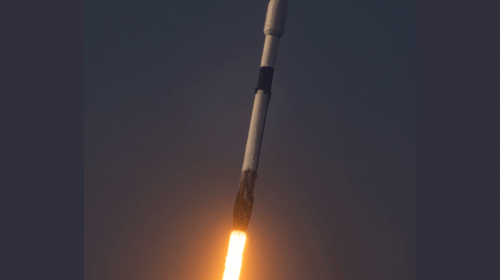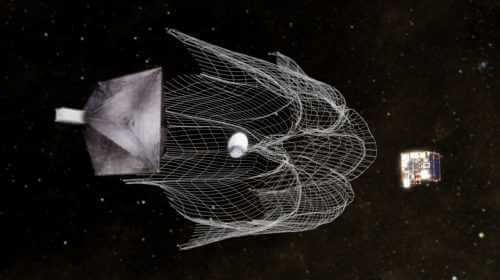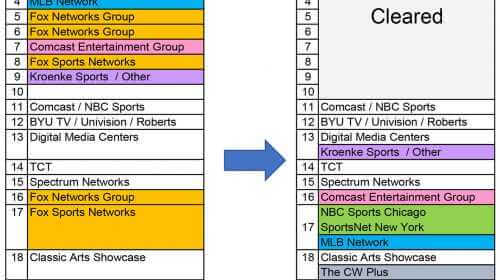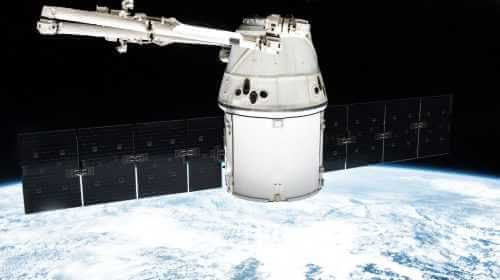Who else besides SpaceX, Blue Origin, ULA, and Rocket Lab?
Dec 12, 2023
A series of recent test flights by Chinese commercial launch firms highlights intensifying efforts to master reusable rocket technology. The new round of reusable test vehicle demonstrations comes as companies push to debut next-generation partially reusable orbital rockets before the end of the decade.
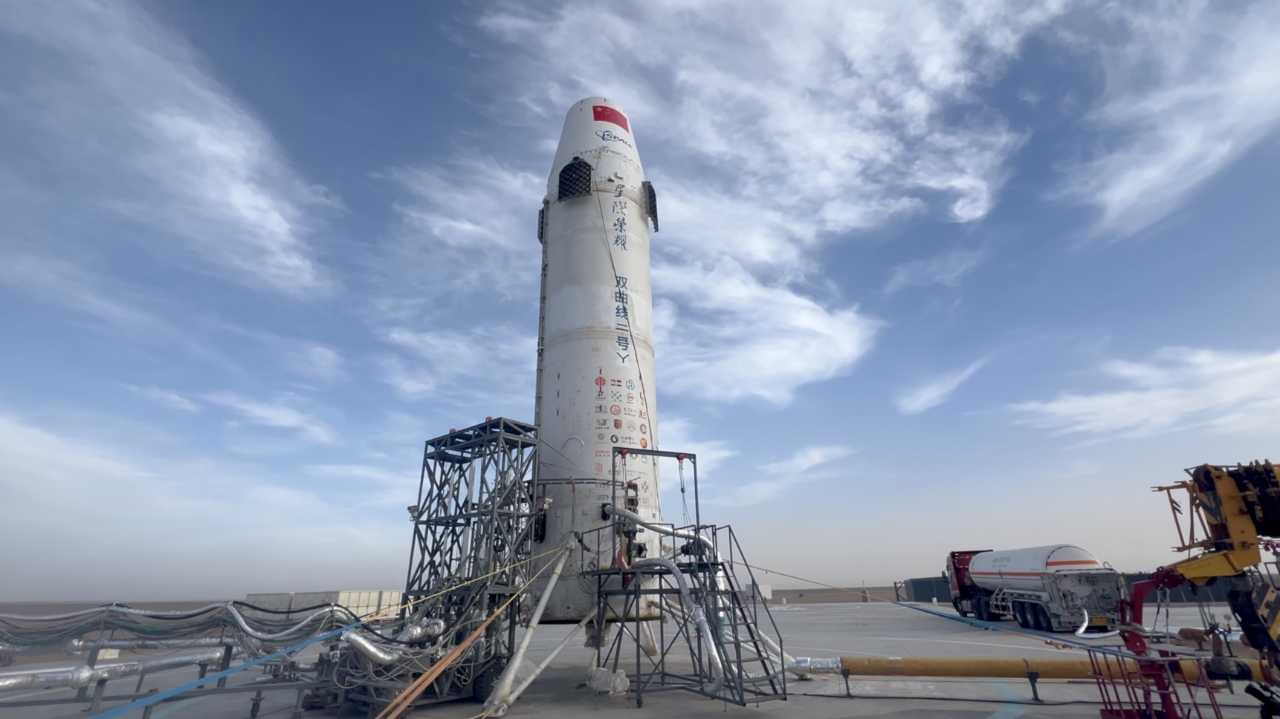 iSpace Hyperbola-2Y test stage at Jiuquan spaceport. Credit: iSpace
iSpace Hyperbola-2Y test stage at Jiuquan spaceport. Credit: iSpace
Launch startup iSpace helped kick off the latest wave when it successfully launched and landed a methane-fueled prototype on December 10th. The brief 63-second test saw the vehicle lift to an altitude of 343 meters from Jiuquan Satellite Launch Center before translating 50 meters to a landing pad. It represented the second such hop test for iSpace following another short flight last month.
The company says the reusable verification rocket provided key data and experience which will feed into the larger Hyperbola-3 orbital launch vehicle it is developing. iSpace is targeting the first launch of the medium-lift Hyperbola-3 in 2025, followed by a demonstration of recovering and reusing the first stage in 2026.
Rival firm Landspace also recently publicized plans for an imminent hop test at Jiuquan by year’s end. The test article is assisting the development of Landspace’s newly announced Zhuque-3 methalox rocket. Sporting a 4.5-meter diameter, the medium-heavy lift Zhuque-3 is scheduled for an inaugural launch in 2025 and will eventually incorporate a reusable first stage. Landspace’s test comes on the heels of two successful flights of its smaller, expendable Zhuque-2 launcher last year and in October. The Zhuque-3 will provide over double its predecessor’s payload capacity to low Earth orbit.
Other Chinese startups pursuing reusable technology demonstrations include Galactic Energy, Deep Blue Aerospace, Space Pioneer, and CAS Space. State-owned contractor CASC is also working on reusable systems like recoverable Long March 9 rocket boosters and an air-launched spaceplane.
Galactic Energy already performed a hop test back in August using a jet engine-powered analog. The company is developing the Pallas-1 kerolox rocket with a reusable first stage and is targeting early 2024 for its first orbital launch.
Deep Blue Aerospace similarly conducted a vertical takeoff, and vertical landing test flight in May that reached one kilometer in altitude. Their Nebula-1 rocket aims to provide Falcon 9-class launch capability after a debut orbital flight in 2024 from Hainan Island.
While new to reusability testing, Space Pioneer achieved Chinese commercial firsts when it successfully launched satellites aboard its Tianlong-1 liquid-fueled rocket in 2019 and 2021. The firm now intends to recover and reuse the first stages from an enhanced Tianlong-3 vehicle by 2024.
Chinese developers are racing to leverage reusability to slash launch costs and turn small rocket startups into viable, competitive businesses. Near-term technology validation through hop tests builds expertise in vertical landing, control algorithms, and other capabilities. Firms can then incorporate lessons learned into orbital-class reusable launch vehicles this decade.
If new players like iSpace and Landspace achieve their aims, China may have multiple partially reusable medium and heavy-lift rockets launching satellites by the mid-2020s. Combined with other launch services like expendable solid rockets and niche small launchers, they promise a robust, innovative commercial space industry supporting domestic economic growth and security needs.

